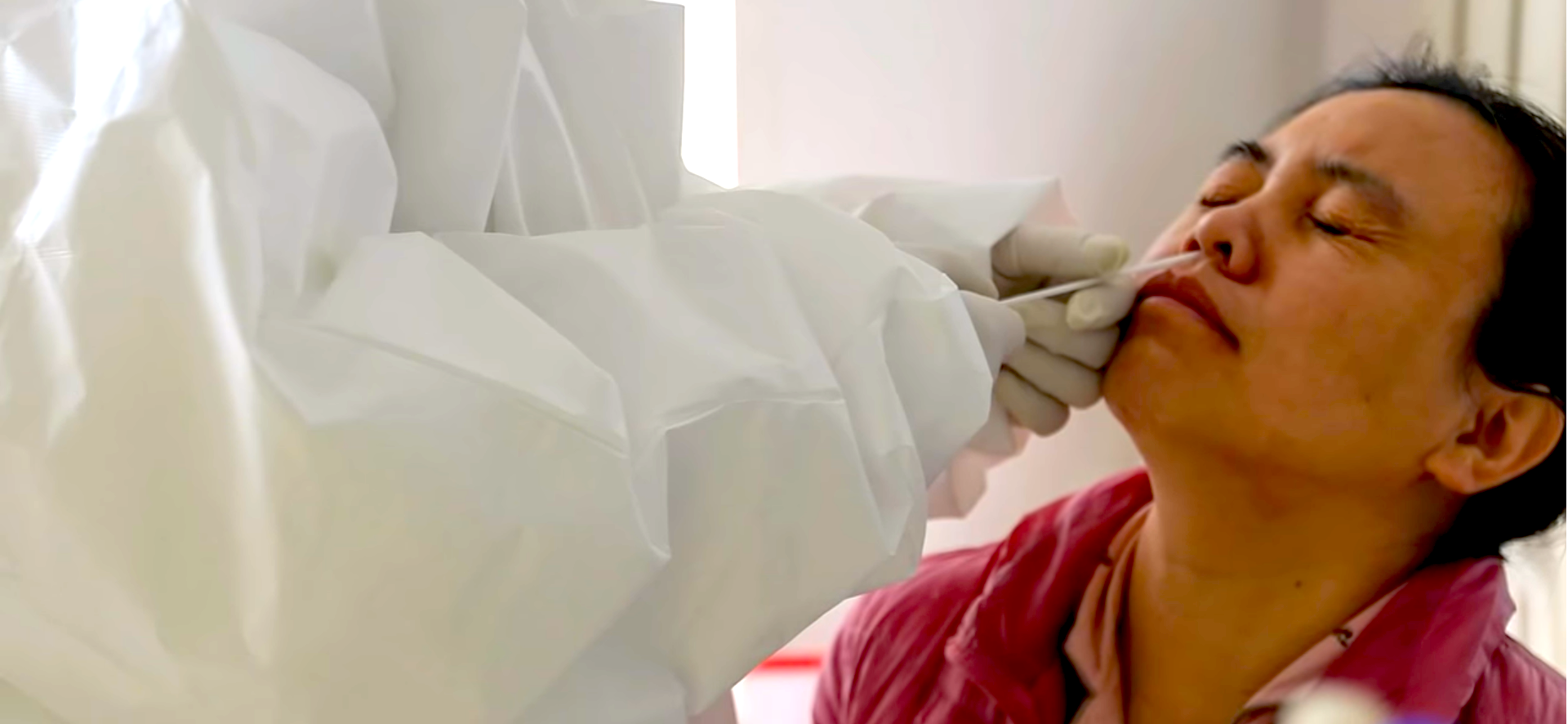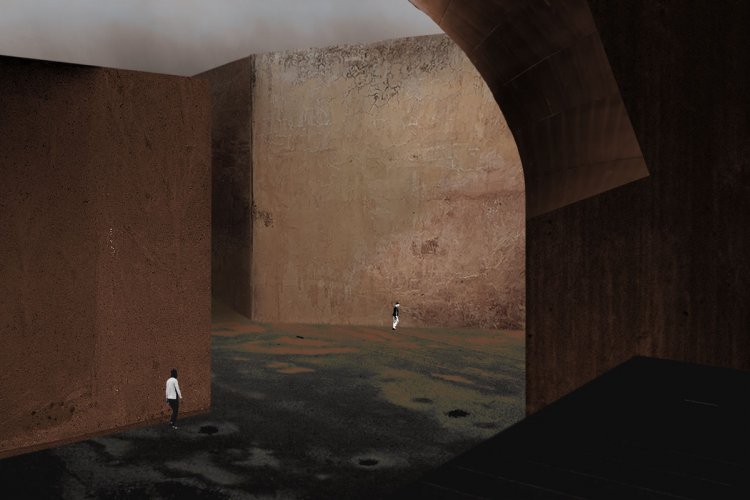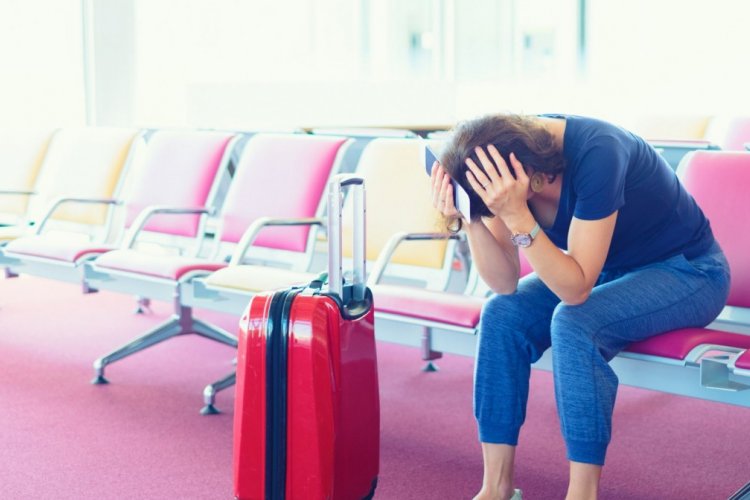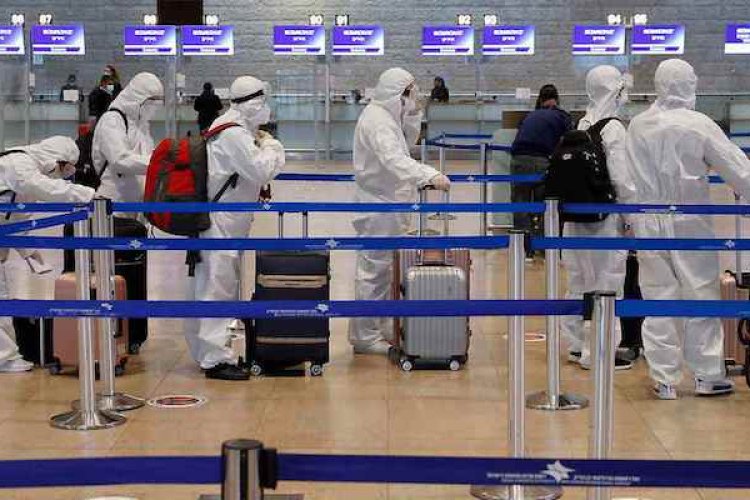Mandatory Nucleic Acid Tests for International Arrivals: What to Expect
With international flights being diverted and passengers being processed as far away as Xi’an before being allowed to return to Beijing, returning to the capital is already no walk in the park. And that's all prior to starting a 14-day quarantine in the facility of the government’s choosing, to be footed entirely by the individual (at RMB 200-600 per day). Now, passengers must face another hurdle upon arrival: being tested for the coronavirus.
As the number of imported infections continues to grow, it appears that the city found it necessary to implement wider testing measures on people coming in from other countries, reports Beijing News. As of Mar 25, all international arrivals will now be subject to mandatory nucleic acid testing (NAT), which was previously administered only on arrivals suspected of possible infection.
Why nucleic acid tests?
The nucleic acid test, which all international arrivals will now be subject to, is not always completely accurate and may in some cases give false negatives. So why use them? Well, even though other tests or diagnostic methods such as chest scans are more accurate and may even give faster results, they tend to be reserved for patients who are seriously suspected of infection. The nucleic acid test is simply easier to administer on a large scale.
What should test recipients expect?
Generally, the nucleic acid test is performed using what is known as a nasopharyngeal swab, which is a painless, but not entirely comfortable procedure. (Be warned, if you're squeamish about things going up your nose, do not scroll down to look at the gifs below.)
After checking the nasal cavity for obstruction, the test administrator will insert a swab deep into the nose of the patient, and turn the swab several times in order to obtain a sample to be tested.
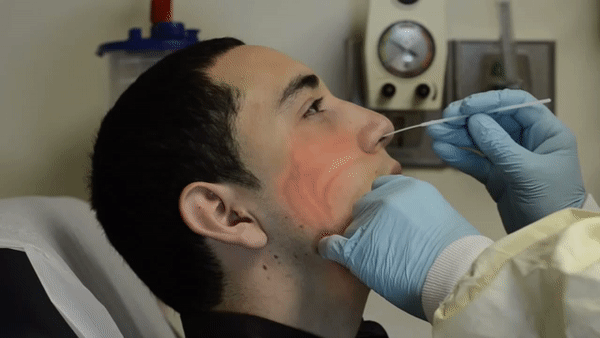
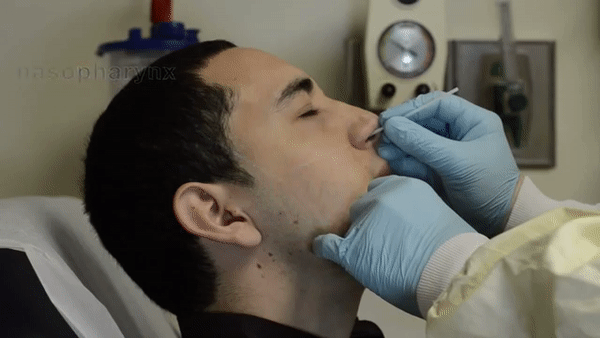
The test will then be sent to a laboratory for testing, and the results should be ready within several days.
READ: Day 1 of Flight Diversions Show Many Quarantined Outside of Beijing, 11+ Hour Layovers
Images: The Wall Street Journal, The Joint Commission (via YouTube)

